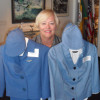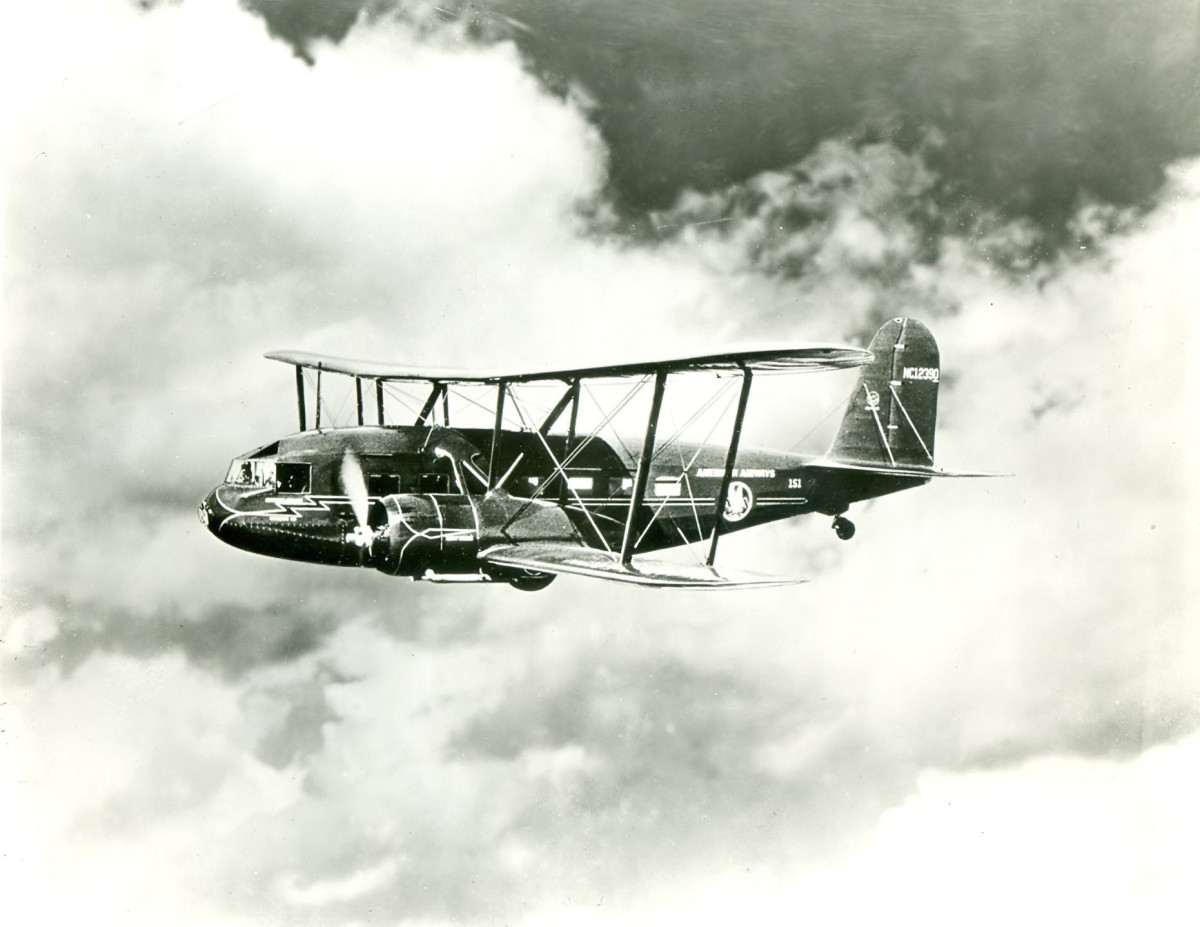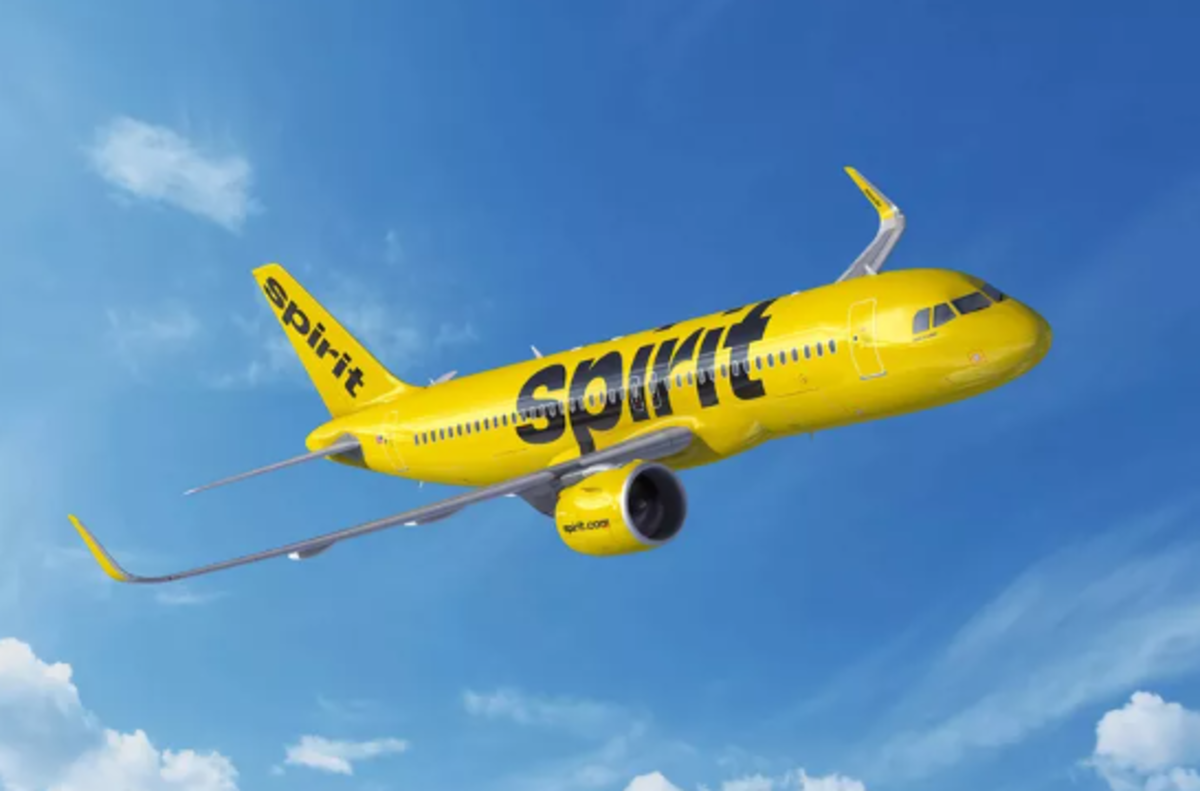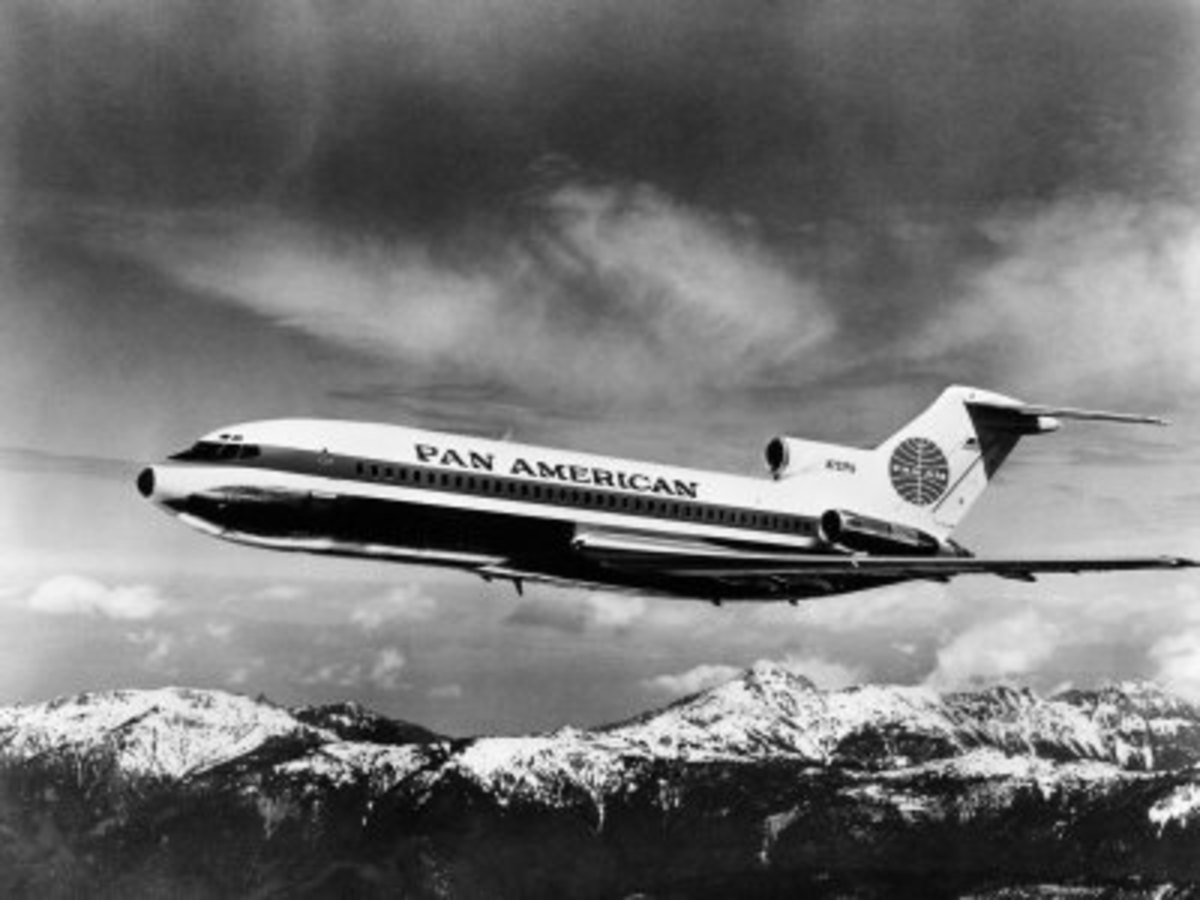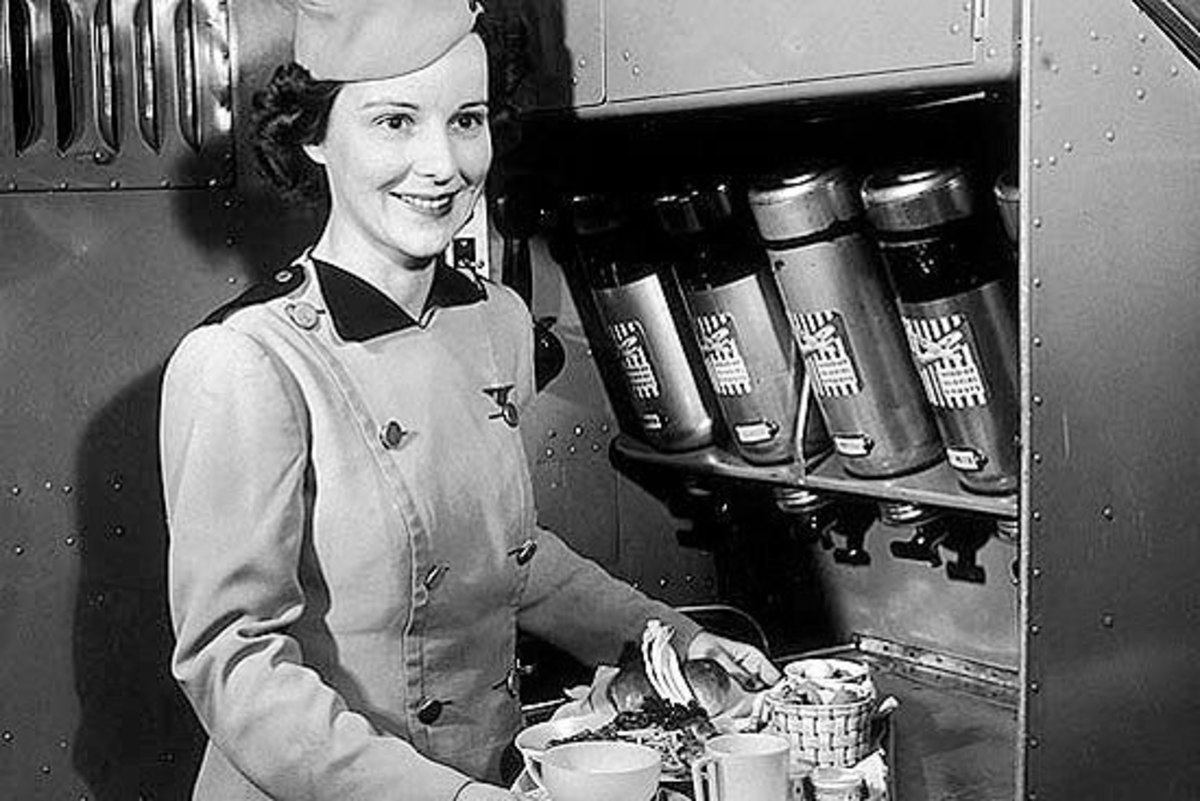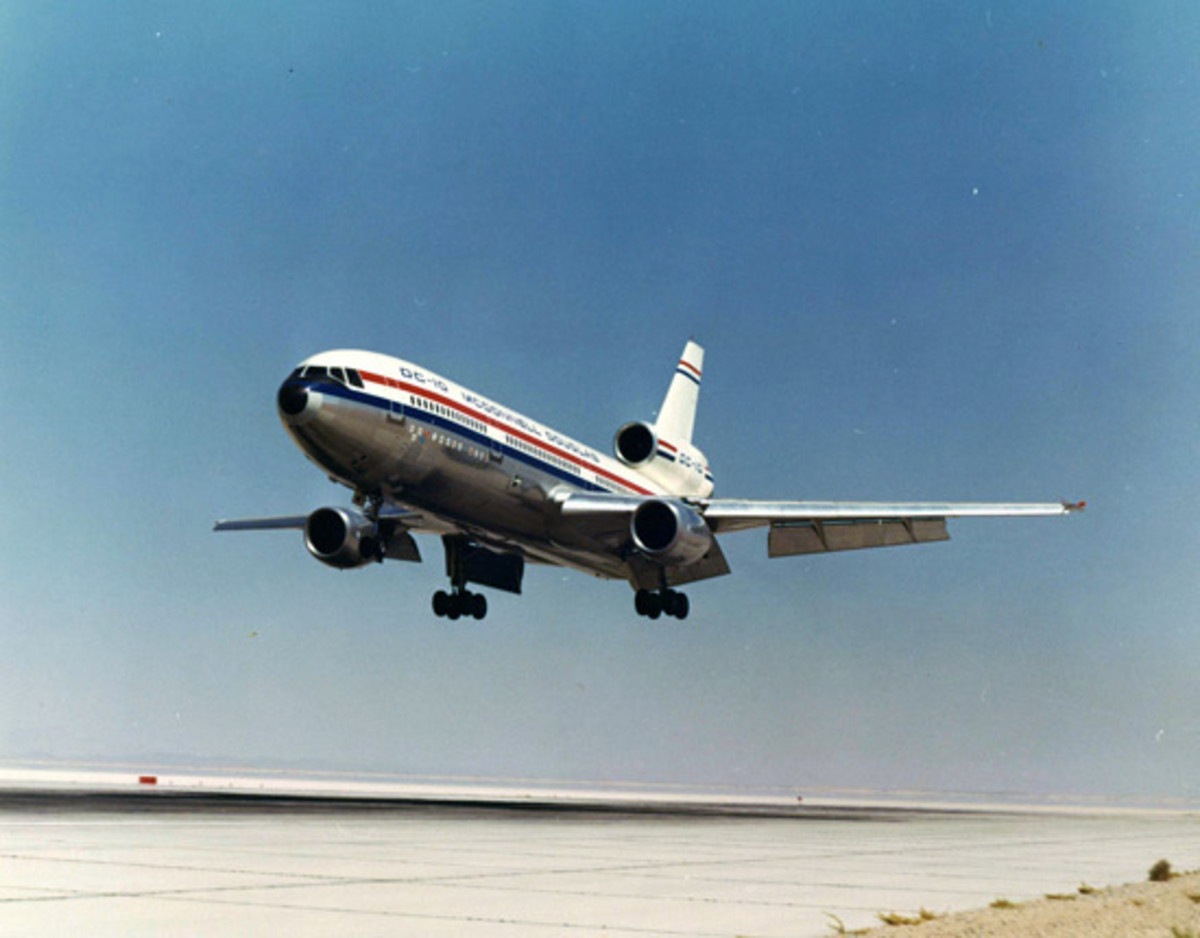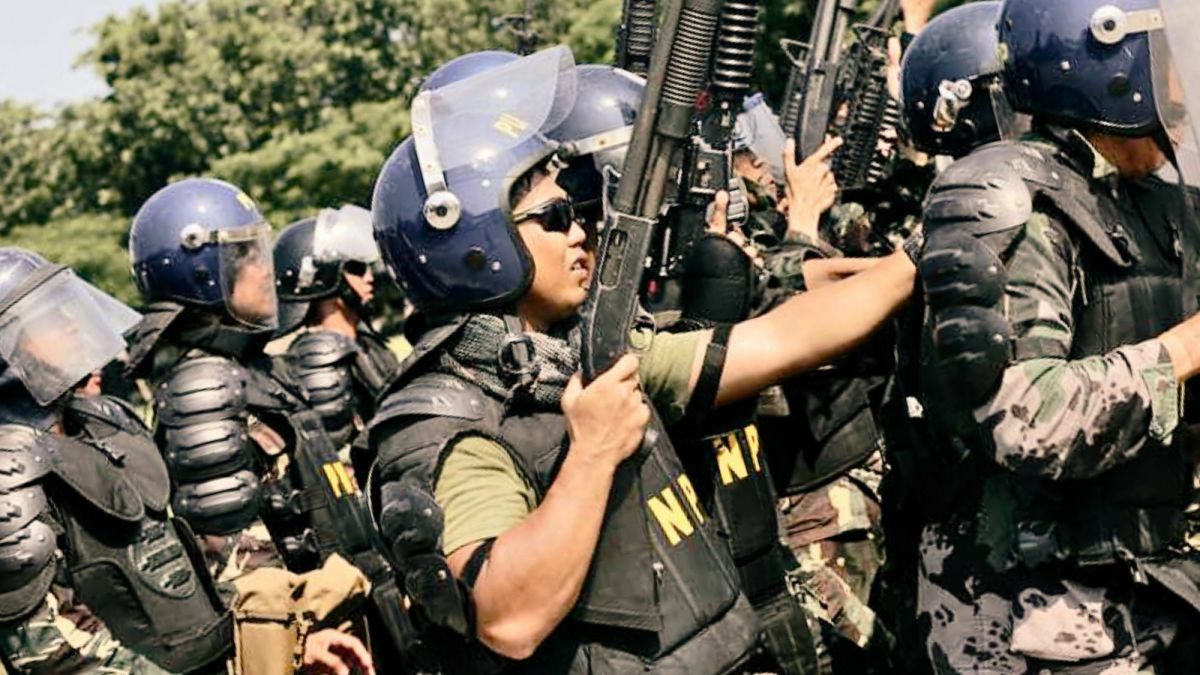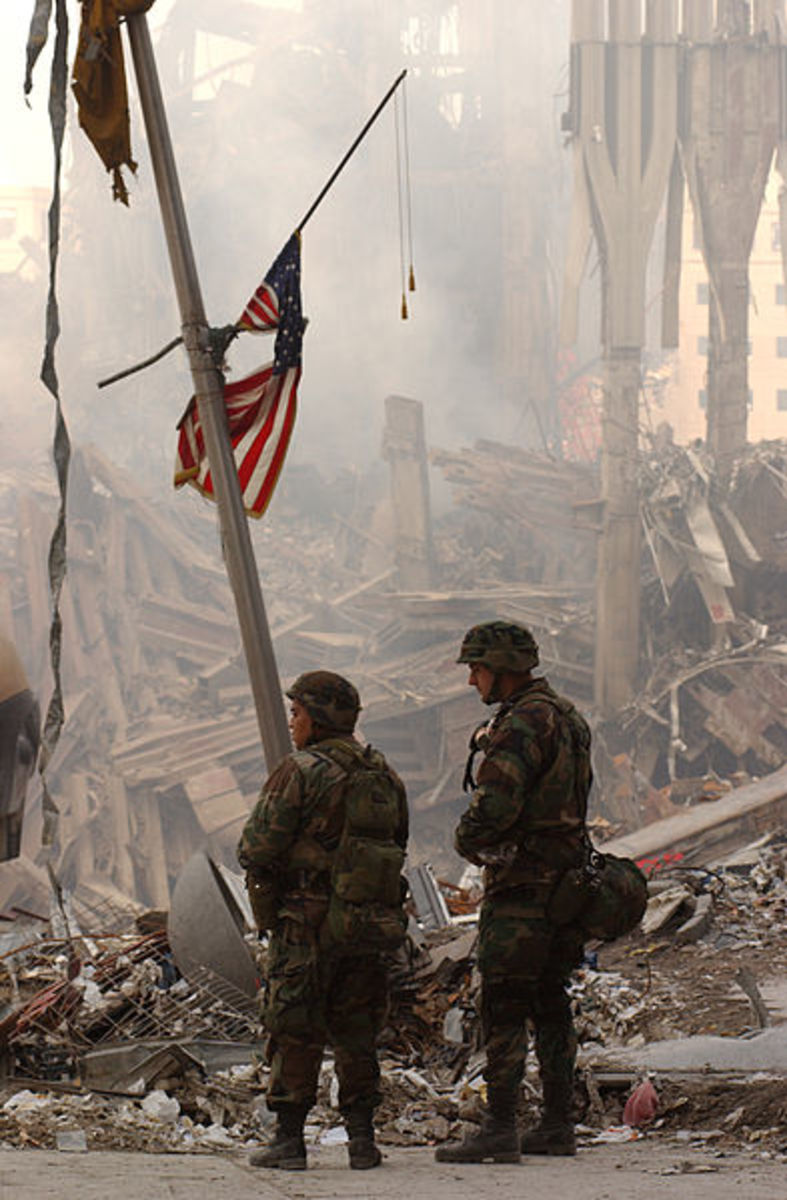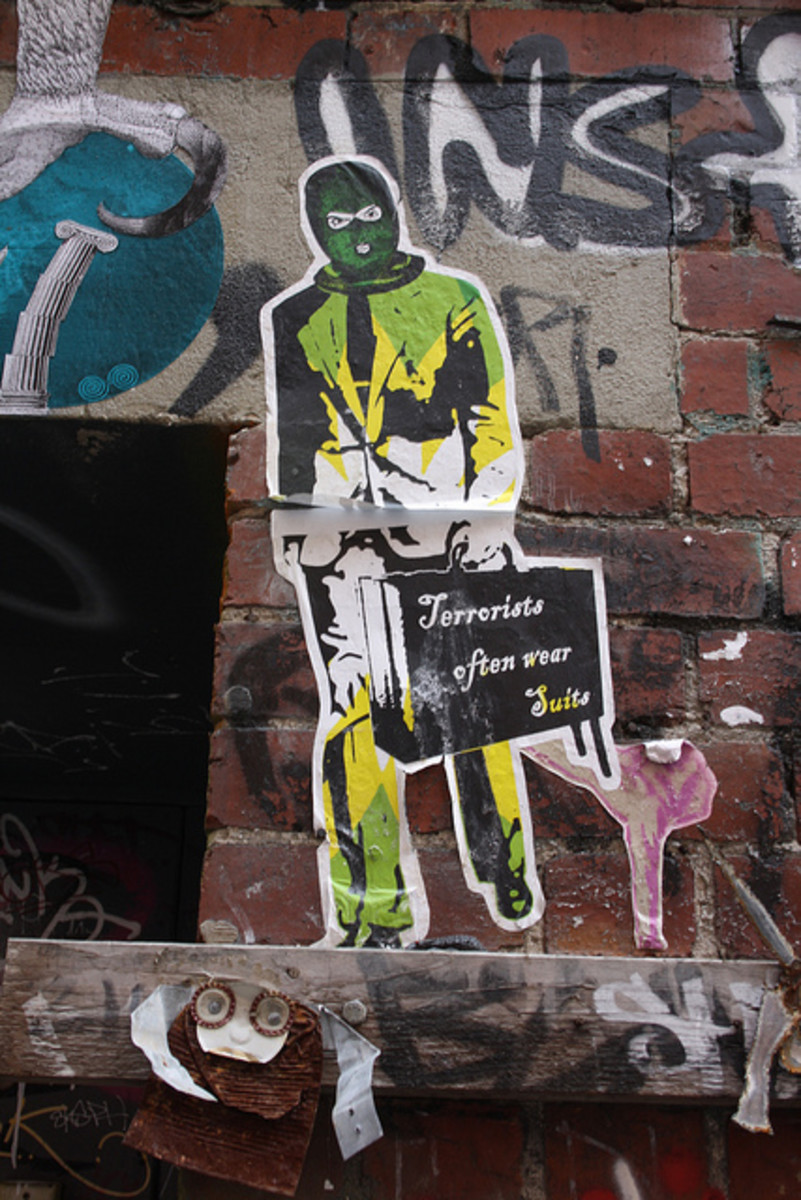Remembering 9-11 (Part 4 - The Crews)
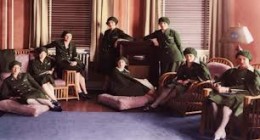
On May 15, 1930, the first commercial flights with stewardesses began. There were eight of these young ladies, and all of them were nurses. They could be no older than 25, no taller than 5’4” and weigh no more than 115 pounds. They were paid $125 for 100 hours of flight time a month. Ellen Church became the chief stewardess because it was she who had talked Steve Stimpson, a Boeing manager, into using women on aircraft instead of men like those who served as stewards on cruise ships. So instead of being called stewards like their male counterparts, these female aviation pioneers were called stewardesses. And because of their newness in the air, stewardesses got a lot of film coverage and attention from the American public.
The airline was called Boeing Air Transport (BAT), and their main route was San Francisco to Chicago and back. The airplane used was a Boeing Tri-Star with 14 passenger seats. The original eight stewardesses split up. Four stayed in San Francisco, and the others moved to Chicago. (It is interesting that that the first stewardess flew on Boeing aircraft more than 71 years ago and that all the flights on 9-11 were Boeing aircraft – two Boeing 767s and two Boeing 757s.) In July of 1931, BAT acquired Varney Air Lines, Pacific Air Transport and National Air Transport; and these four airlines became one – United Air Lines. And on that fateful day in September 2001, the two carriers losing aircraft to the terrorists were United and American.
The uniforms worn by the flight attendants in 2001 were different than the ones worn years earlier. The material in those early uniforms was much heavier. They were wool with beautiful double breasted forest green jackets, matching skirts and flowing capes. To complete the look, they wore “shower cap” berets. These early uniforms were not just for looks. In those days the cabins did not have the environmental controls modern aircraft have, and they were quite cold at altitude. The uniforms in 2001 were Navy blue for both airlines, and made of a polyester blend. There was no great glamour look, but whatever glamour there was in those uniforms would totally disappear later that morning.
I mentioned earlier the media attention the early stewardesses received. Now fast forward to the crews some 71 years and 4 months later. Let’s look at the attention given to them that day -- those 4 crews, which included 8 pilots and 25 flight attendants. What attention you say? Exactly! It was as if they were not even there. Was it possible that this silence about the crews was implying an unstated feeling that they were at fault? If so, nothing could be further from the truth.
It’s important to remember that commercial aviation careers are not part of the military. People in our career have no voice in starting wars or creating foreign policy. Our career is simply based on travel and making people comfortable and happy while getting safely from one place to another. That was what those of us in the airlines chose. We did not choose to be front-line soldiers to be killed because of the extreme hatred from a man who wanted to destroy our way of life.
It is reality that in 2001 flying jobs were losing much of the glamour they had enjoyed in earlier decades. But the freedom of the career and the lifestyle were still a great draw for certain types of people – people like me, who loved the movement and the continual change of the job. I loved the space and all the different people I could meet while out flying. I also loved my layovers where I could just be with me if I wanted – no real life pressures. I could just be.
As the years went by, annual hijacking courses became a must for all of us in aviation. They were part of our job. We had to watch videos and answer questions to stay current and qualified. These training programs were probably created by some government agency to supposedly keep us in the loop on what to do in case we were hijacked. But never in all my years of training was I taught that there was even a chance that the airplane I was on would be a weapon to be used to kill me and thousands of others. No one had even thought of this. If they had, why hadn’t they told us that it was at least a possibility? We were left totally unprepared to deal with the events of that day. Who was it that let us down? Were they just crossing their fingers hoping that nothing would happen? Pretty naïve considering the USS Cole had just been blown up by this group less than a year before.
Now, let’s go back to the flights of September 11, 2001 and to the boarding process. All four flights were morning departures, the earliest at 7:45 a.m.; the latest at 8:10 a.m. All the crew members and passengers were up before 5:00 a.m., and probably even earlier. I am sure many -- except the hijackers -- were just starting to relax as they boarded and got settled in. Remember, the loads were light that day.
The pilots would have been in the cockpit -- the captain in the left seat, with the co-pilot in the right seat. They would have had already been in Dispatch checking weather enroute, turbulence reports and other information pertinent to the flight. When the pre-flight checklists were completed, the pilots would have a few moments to brief the purser on the information from Dispatch. This information would then have been passed on to the rest of the flight attendants. But nowhere in the pre-flight safety process would anyone have heard, “Be sure your weapons are close at hand in case you have any fanatical al-Qaeda on board” or “Oh by the way, aim for their heart because you will only have one chance to save yourself.”
Just before the door closed, the gate mechanic for that flight would hand to the flight crew the weight and balance paperwork which includes fuel and passenger count. The door would then be shut and over the intercom, the purser would say “Prepare for departure and cross check.” The safety demo would be done, the taxi begun, with take-off next.
I am sure that many of the crew members on those flights that morning were thinking how lucky they were to have such a wonderful job and to be free for a couple of hours from the problems of our planet. But a few minutes later, they would feel a freedom they had not expected -- a freedom to fly on their own; a freedom without boundaries, a freedom from all their earthly responsibilities. They were now one with the universe.
September 11, 2001 Crews:
Flight 175
Captain Victor Saracini
Michael Horrocks
Robert Fangman
Amy Jerret
Amy King
Kathryn Laborie
Alfred Marchand
Michael Tarrou
Alicia Titus
Flight 11
Captain John Ogonowski
Thomas McGuinnes
Barbara Arestegui
Jeffrey Collman
Sara Low
Karen Martin
Kathleen Nicosia
Jean Roger
Betty Ong
Dianne Snyder
Madeline Sweeney
Flight 93
Captain Jason Dahl
Leroy Homer, Jr.
Lorraine Bay
Sandra Bradshaw
Wanda Green
Cee Cee Lyles
Deborah Welsh
Flight 77
Captain Charles Burlingame
David Charlebois
Michelle Heidenberger
Jennifer Lewis
Kenneth Lewis
Renee May
